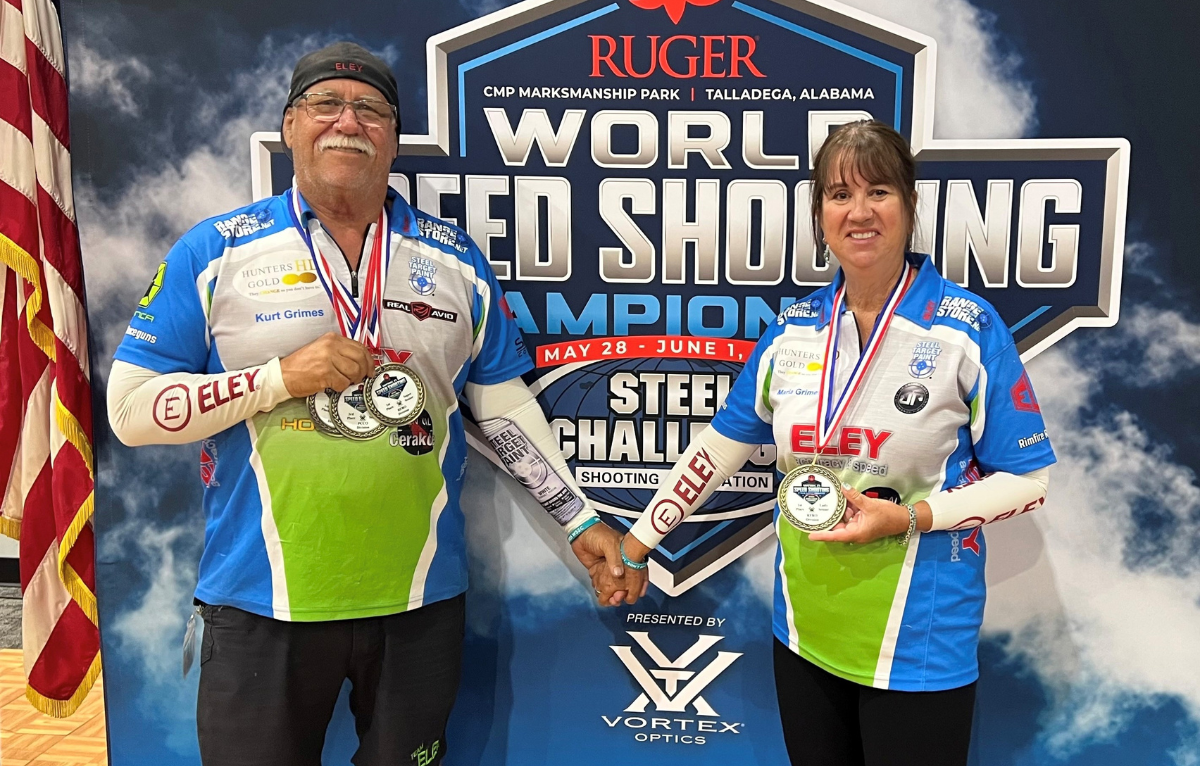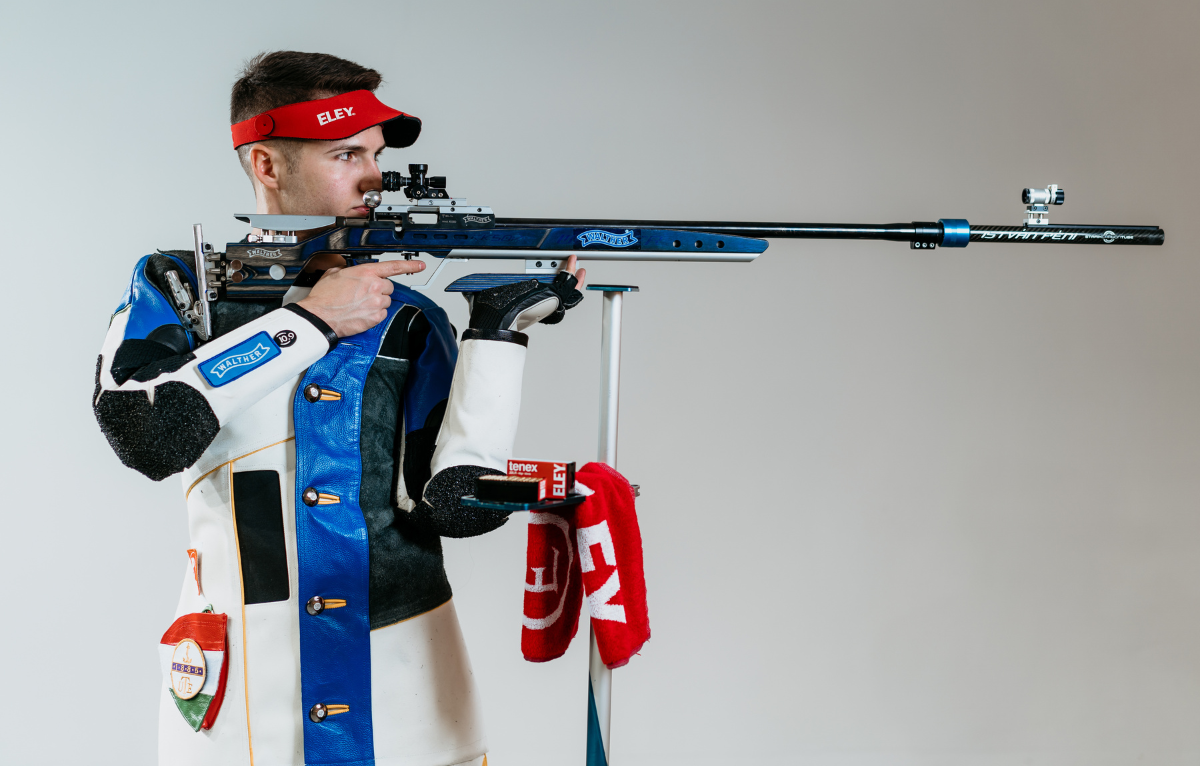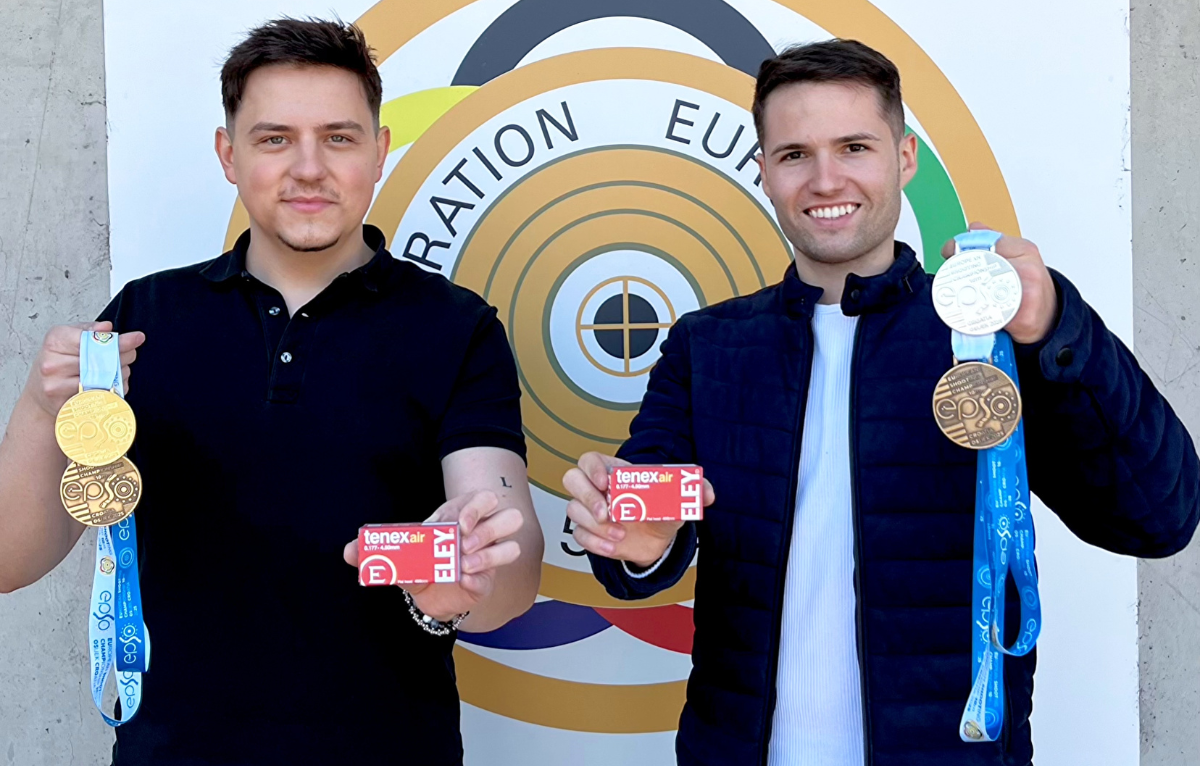Martyn Buttery, test range manager and GB Talent Squad coach, is back for the next instalment in ELEY’s coaching for accuracy series. Today he is looking at arguably one of the most overlooked factor: breathing techniques.
Despite it often being forgotten, correct breathing technique can have a huge influence over the accuracy of a shot. When you breathe, it moves your abdomen, chest and shoulders.
As you inhale, you increase the amount of air and tension inside your chest. This causes it to expand and lift. As you exhale and relax that tension, your chest falls and lowers.
This causes the gun to move significantly, making an accurate shot even harder to achieve.
Consistency and uniformity is key to keeping shots on target. As long as you breathe your body and rifle will continue to move. You must control your breathing to hold the rifle steady and keep your natural point of aim unaffected.
So how should you be controlling your breathing to ensure your shots are on target?
The deeper and slower the breathing process is the better. Short breaths that raise the shoulders should be avoided. This is because it is more effective at supplying oxygen to the brain. A deep rhythmic breathing process has a calming effect that improves concentration and levels of tension in the muscles. Ideal attributes for a competitive target shooter.
In order to take deep breaths, you should learn how to breathe from your stomach. i.e. moving the diaphragm towards your stomach and avoid spreading your rib cage. Also an advantage of this is less upper body movement and better stability during breathing.
Chest breathing is not always a big no-no. According to USA Shooting “While we want to be relaxed and calm when firing a shot, a chest breath or two immediately after the shot can re-energize the shooter especially during long courses of fire. Coaches should suggest that athletes employ chest breathing immediately after the shot to invigorate and begin replenishing the blood oxygen level.”
Athletes should switch to stomach breathing to relax into the position before a shot. This helps prevent fatigue over long courses of fire.
A popular breathing technique is the relaxed shot. It is the most common of the styles and easiest to teach.
In this style, you go through a complete inhale/exhale cycle and then consciously hold your breath for three to five seconds during the natural pause. This is where you would squeeze the trigger and take your shot. Inhale/exhale again, then fire again during the next pause.
Firing during these relaxed pauses offers you the highest level of precision because your body is relaxed with minimal tension.
Do not try and hold your breath longer to get a better sight picture. If you can’t get it within a few seconds, repeat the breath.
Time, practice, and patience is important.
The best way to control your breath while shooting is to breathe normally while you pick up the rifle, put it in your shoulder and begin to point it at the target. When you are pointing the front sight at the aiming bull, exhale and stop breathing. Do not breathe until after the shot is fired. This should be held for no longer than eight to 10 seconds.
Next time you’re at the range, pay attention to your breathing patterns and try using the relaxed shot technique. You’ll be surprise by the difference it makes.
Discover more from our coaching for accuracy series and improve your shooting skill:





